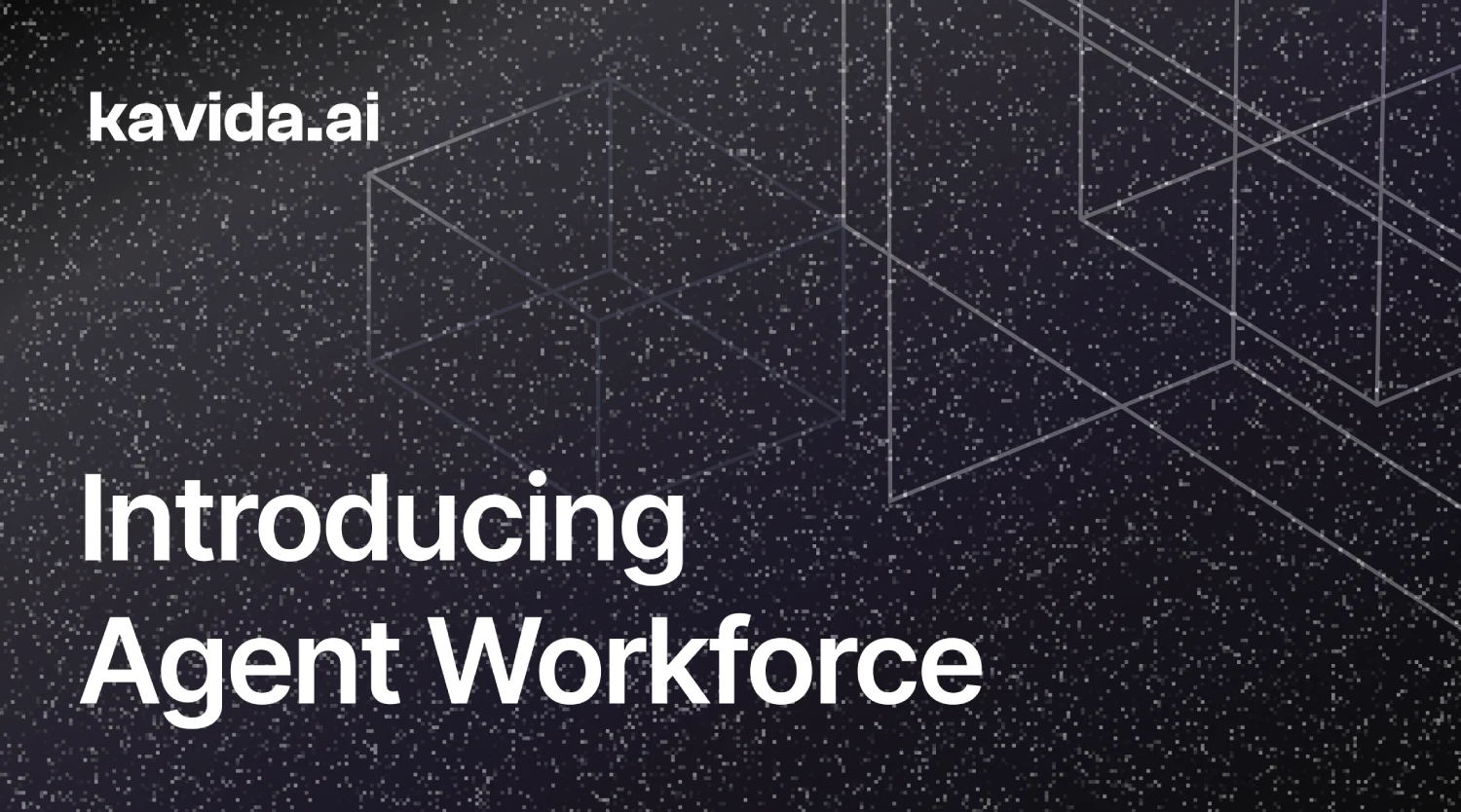
ANNOUNCEMENT
QAD Redzone acquires Kavida — our Agents have joined the Champion AI family
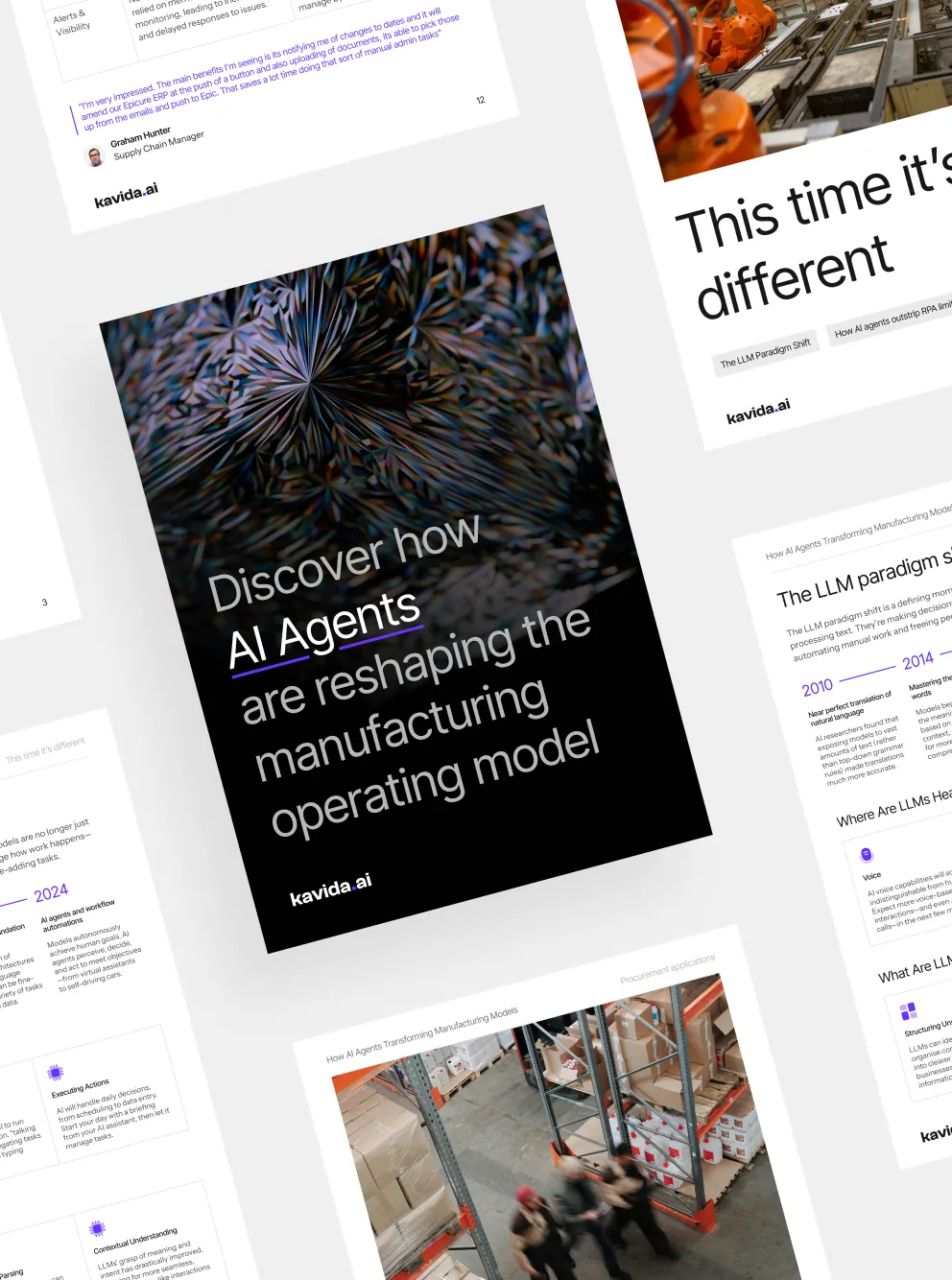
Discover how AI agents are reshaping the manufacturing operating model

Hi, I’m Alison!
Share your details, and I’ll give you a call in minutes to see how we can assist.

How to Ensure Your Agentic Implementation Achieves Your Business Outcomes
Table of Contents
ToggleThe AI hype is intoxicating. For £30, you can subscribe to Microsoft Agentic Studio or Zapier, spin up an AI “agent” in minutes, and think you’re automating your way to success.
Except, you won’t.
No technology in the history of enterprise automation has worked like that and agentic AI is no different. Deploying an agent is easy. Achieving measurable, high-ROI business outcomes with it is rare.
The AI Failure Rate That Should Shock You
RAND’s 2024 research shows that over 80% of AI projects fail. Twice the failure rate of traditional IT projects.
Why? The leading causes are both operational and strategic:
- Misaligned problem understanding between business and technical teams, leading to AI that solves the wrong problems.
- Insufficient data readiness, with poor quality, unstructured, or siloed data feeding the system.
- Lack of integration into workflows, leaving AI tools disconnected from the actual execution layer of the business.
These statistics should make every executive cautious: most AI projects don’t fail because the models don’t work — they fail because the implementation doesn’t connect the technology to the business outcome.
Why 70% Efficacy Means Zero Transformation Value
If an agent works only 70% of the time, your team must still intervene 30% of the time — checking, fixing, or redoing work. That doubles workload and destroys the time savings you were promised.
Transformation demands agents that deliver 100% efficacy in their defined scope. Anything less is wasted investment.
The Gap Between Deployment and Outcomes
Low-cost tools make it easy to deploy an agent. But getting that agent to consistently deliver business outcomes is where most initiatives fail.
The gap exists because:
Processes are complex and imperfect
Your current workflows contain hidden inefficiencies and exceptions.
Bottlenecks aren’t obvious
Without mapping where time and cost are lost, automation risks solving the wrong problems.
Processes must be reconfigured for AI
Workflows designed for humans need reengineering to be executable by agents.
AI needs deep context
Without industry-specific knowledge, generic agents break in real-world use.
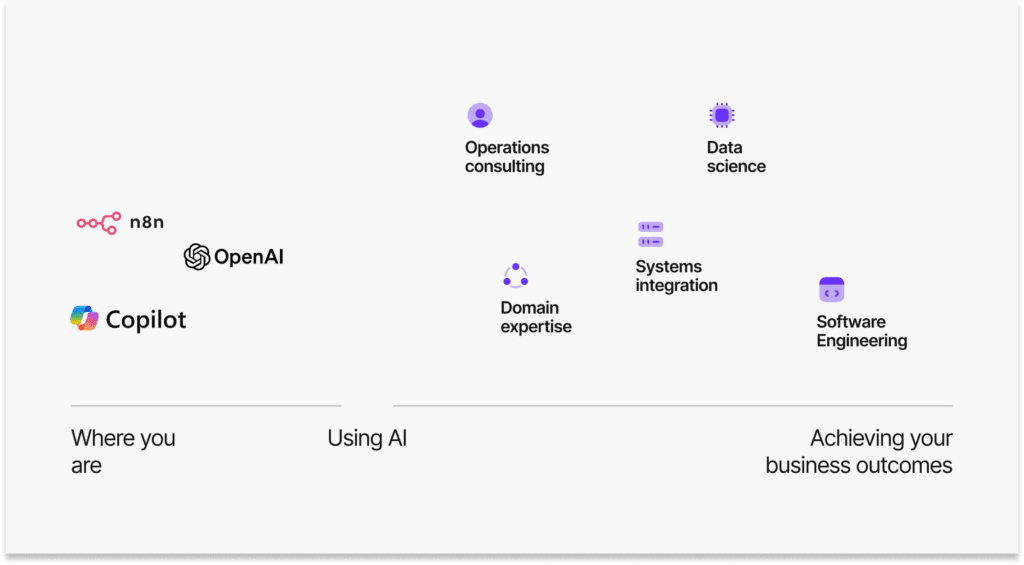
The Specialist Vendor Advantage
Generic platforms can get you a proof of concept. Specialist vendors get you results.
Closing the gap between “it runs” and “it transforms our business” requires multiple capabilities working in lockstep:
McKinsey-Level Operations Consulting
Without industry-specific knowledge, generic agents break in real-world use.
Redesigns workflows for AI execution and aligns them to measurable outcomes.
Deep Domain Expertise
Industry-specific knowledge that ensures the agent understands your compliance requirements, data structures, and operational nuances.
The difference between a generic AI and one that is trusted to run mission-critical processes without breaking.
AI Engineering Excellence
Pushes LLMs to their limits with advanced prompt chaining, reasoning logic, and error handling.
Designs for exceptions, not just the happy path.
Enterprise-Grade Software Engineering
Builds secure, reliable infrastructure and integrations that scale.
World-Class Product Design
Turns complex automation into a usable, intuitive experience that your team actually adopts.
Systems Integration Expertise
Connects ERP, procurement, logistics, finance, and communications systems so the agent operates seamlessly across silos.
When these roles are brought together, the agent doesn’t just run — it delivers the outcome at a fraction of the human cost.
Why It’s Worth It
Once you’ve been through the full agentic implementation process, the economics speak for themselves. Take procurement:
The Agentic Implementation Process
Achieving those results requires a structured sequence:
Systems Integration Foundations
Connect the agent to your enterprise data and process ecosystem.
Deep Workflow Understanding
Map the real workflows — including the exceptions and workarounds that derail automation.
Agent Configuration
Align sub-tasks to agent capabilities, encode business rules, escalation paths, and performance targets.
Optimisation
Monitor live performance and refine based on exceptions and feedback.
Continuous Optimisation
Evolve the agent alongside new processes, systems, and requirements.
The Bottom Line
The RAND data shows the stakes: most AI projects fail. They fail because they’re not designed, implemented, and integrated with the discipline required to connect AI to business value.
Specialist vendors de-risk your transformation — combining deep domain expertise, operational consulting, engineering, product design, and systems integration into a unified process. The result is simple: 100% efficacy, measurable outcomes, and economics that outperform human-only workflows by up to 90%.
That is the difference between an agent that runs, and an agent that transforms your business.
Related articles

Agent PO Vs. Microsoft Copilot – A Breakdown For Procurement Professionals
Procurement leaders today need more than just efficient workflows—they need insights that drive smart decision-making. For decision makers...
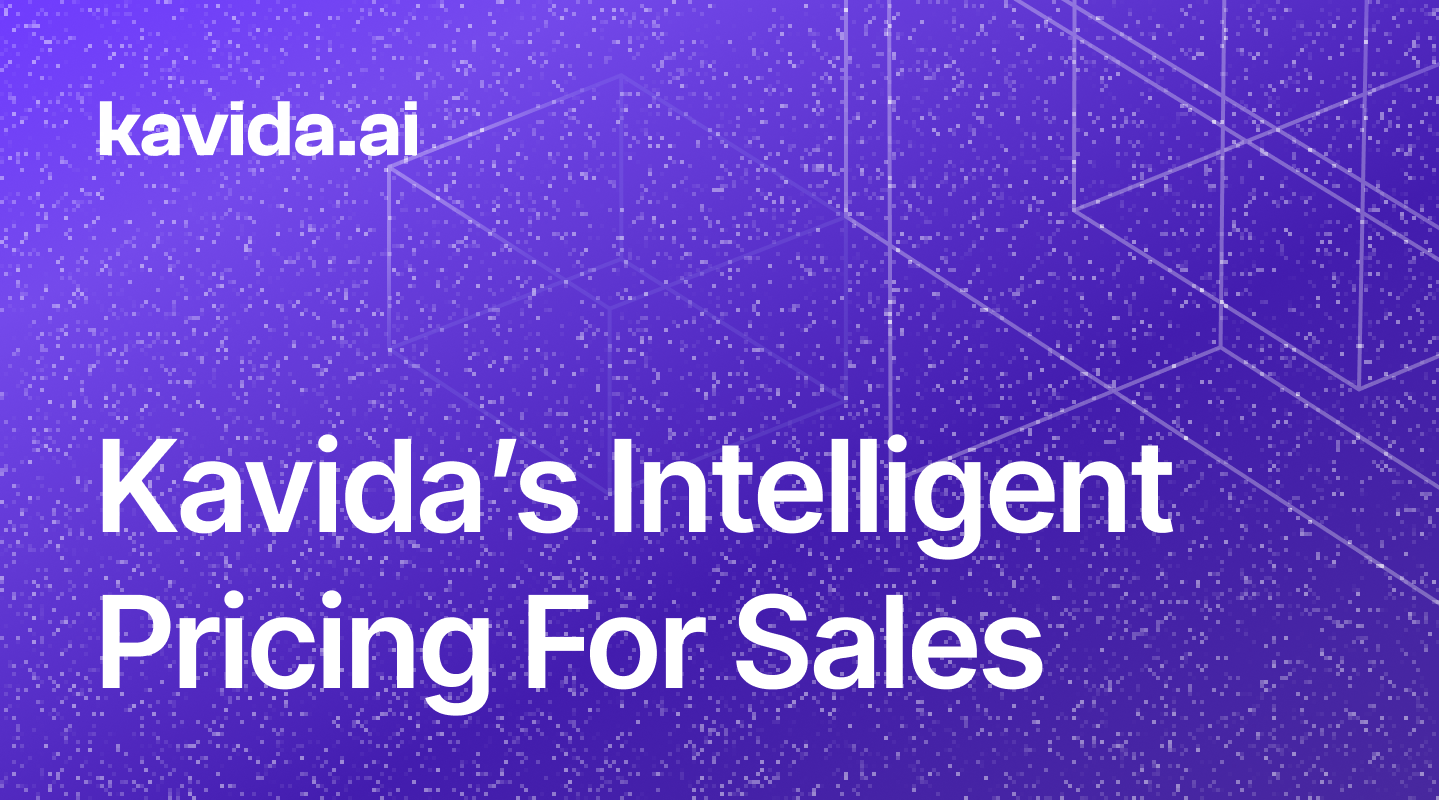
How Kavida’s Intelligent Pricing Works
If you sit with a sales team on a busy Monday, you can hear pricing happen. Not the strategy decks...
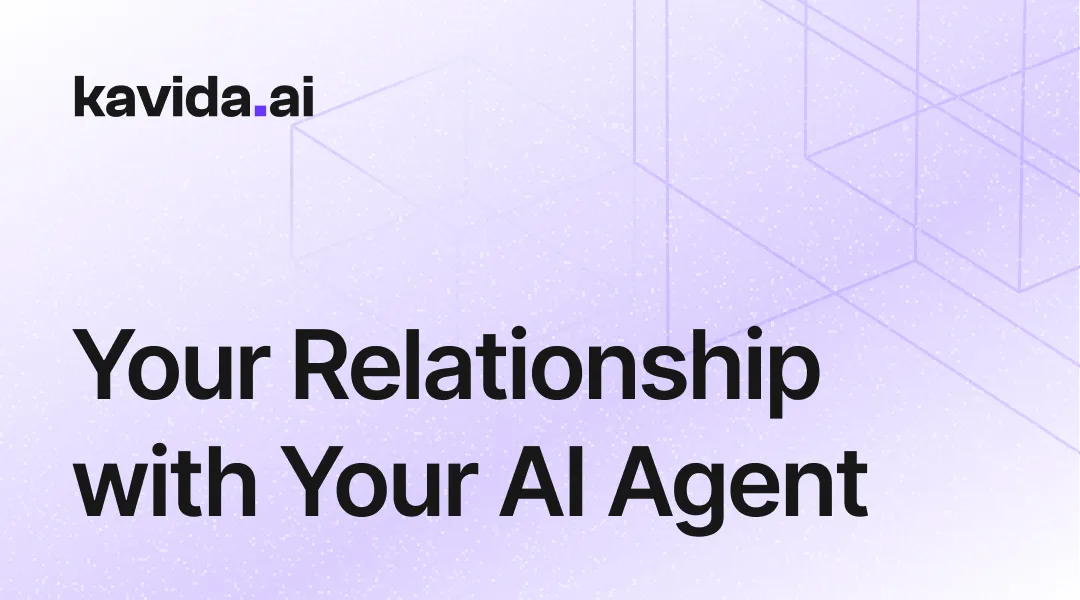
Why AI Will Be Your Most Valuable Teammate – And How to Build That Relationship
And that’s the exciting part. Because from here on out, it only gets better — smarter, faster, more capable....

